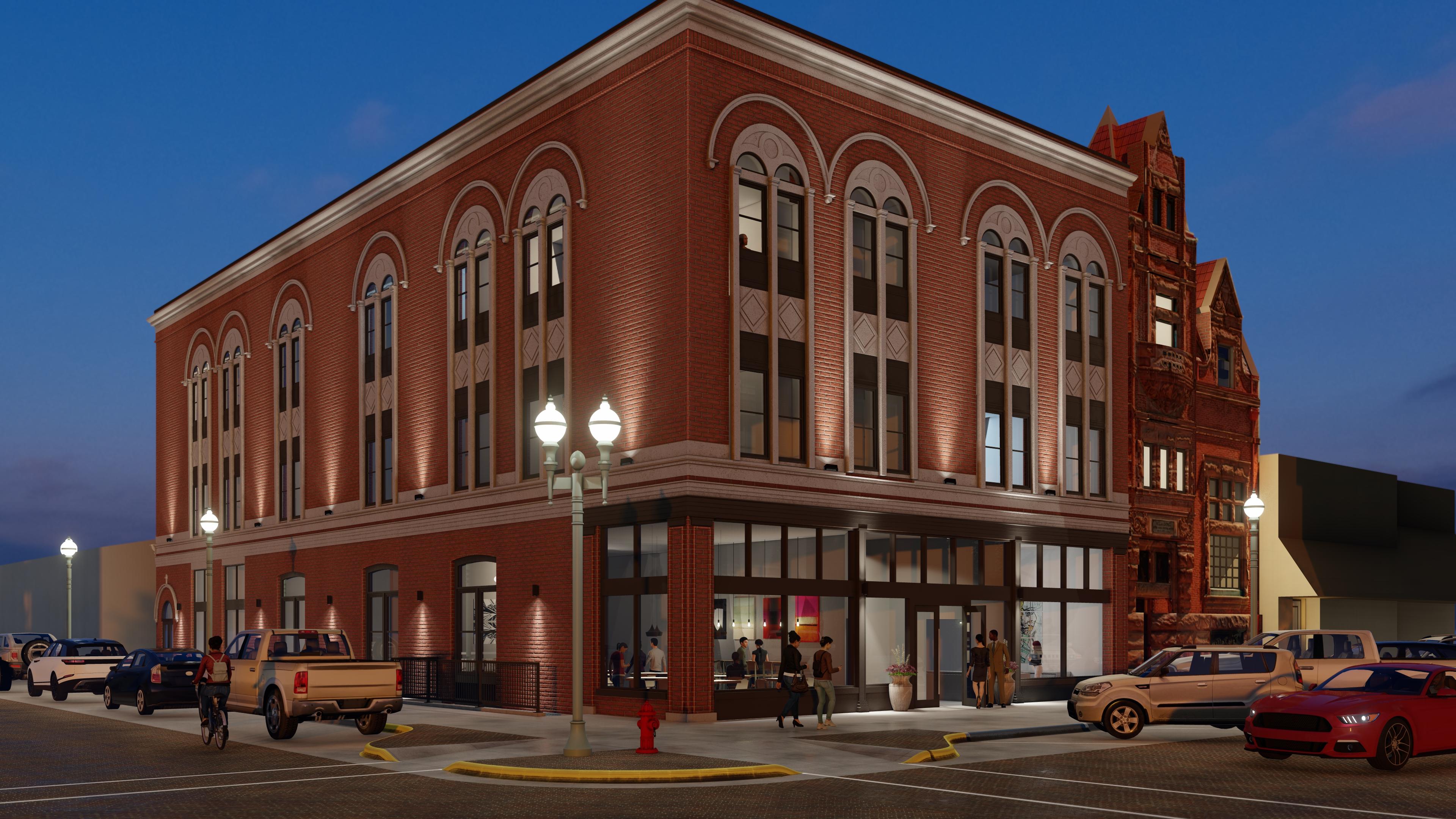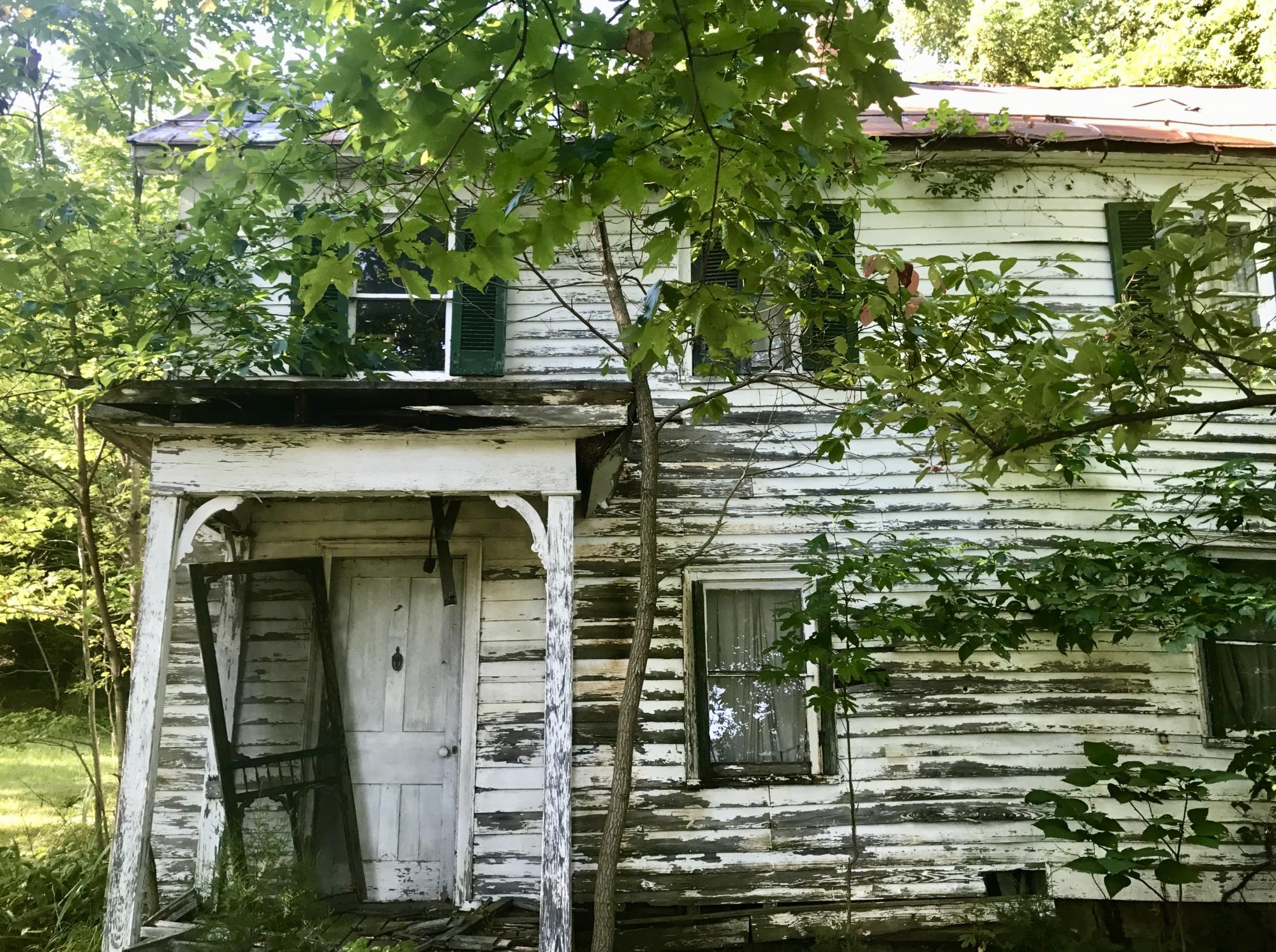Support

Preserve the Potter-Wright Building
Imagine, a 27-room boutique hotel in downtown Red Cloud. Hotel Garber will be just that, and more! The Potter-Wright Building rehabilitation will breathe new life into a 1901 structure. In addition to aligning with our commitment to historic preservation, the property will provide much-needed lodging for tourists and expanded meeting facilities for events and retreats. It will allow our visitors to the National Willa Cather Center to stay longer to enjoy the museum and all that Cather loved about Webster County.

Pavelka Farmstead Permanent Exhibit
Restoration, completed in 2021, returned the Pavelka Farmstead to its period of significance. Readers of My Ántonia will recall the farmstead and the fruit cave from from the final scenes of the novel. Anna Sadilek Pavelka was the inspiration for Ántonia Shimerda, arguably Willa Cather's most famous character and the namesake for her 1918 novel. In the next several years, the property will be interpreted as an early twentieth century farmstead of an immigrant farm family in Nebraska. Our aim is to create a space that reflects the culture and life experiences of a Czech immigrant to the Great Plains.
Donations of $1,000 or more will be featured on the exhibit's credit panel.

Reinterpreting the Burlington Depot
The Burlington Depot has undergone significant improvements. The original two-story section of the depot, constructed in 1897, is the building Cather was familiar with during her last years in Red Cloud. Cather uses the depot as a setting in many of her works, like My Ántonia, “The Sculptor’s Funeral,” Lucy Gayheart, and an early play, “The West Bound Train.” Now that restoration is complete, attention turns to reinterpretation, as the Burlington Depot functions as the crucial backdrop to telling the story of Willa Cather’s initial encounters with the Nebraska frontier and its varied people.
Donations of $1,000 or more will be featured on the exhibit's credit panel.

The Willa Cather Birthplace
Willa Cather's birth home, a rural farmhouse in the Shenandoah Valley of Virginia, is at risk of collapse. The original wooden structure, which is in disrepair, will require significant restoration in order to be saved. In May 2023 a Virginia realtor purchased the house, sparing it from demolition. Her intention is to donate it to a nonprofit within a year. The Willa Cather Foundation is continuing to work alongside stakeholders in Virginia to ensure the site's preservation.

Conserving the E.C. Cather Trunk
A new addition to our growing collection, this wood dome topped trunk painted with “E.C. Cather” belonged to Emily Ann Caroline Cather (1827-1900). The artifact dates back to the arrival of Willa Cather’s paternal grandmother to Webster County, Nebraska in 1877. Wrapped in fragile paper and leather, the object requires stabilization and conservation before it can be exhibited.

